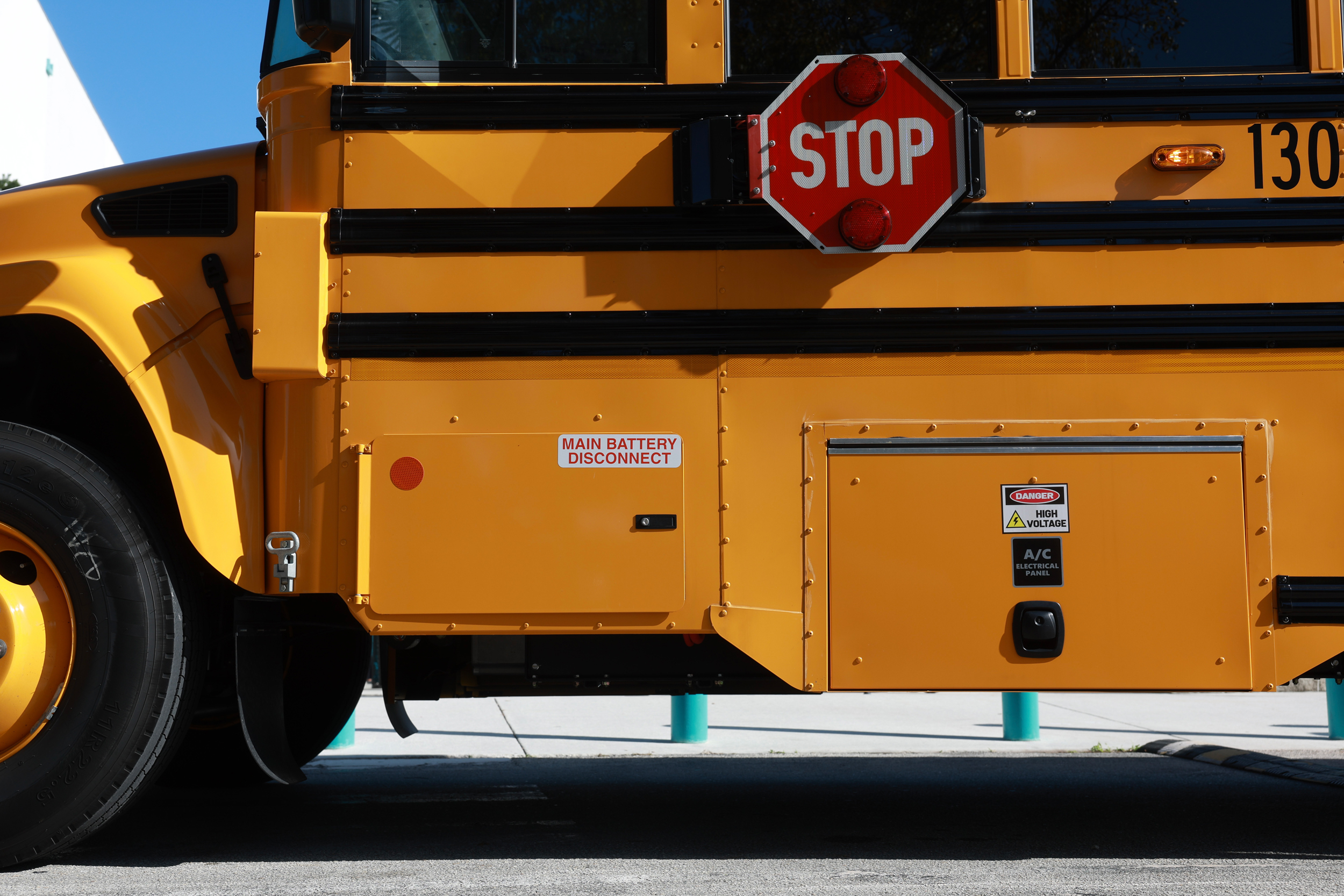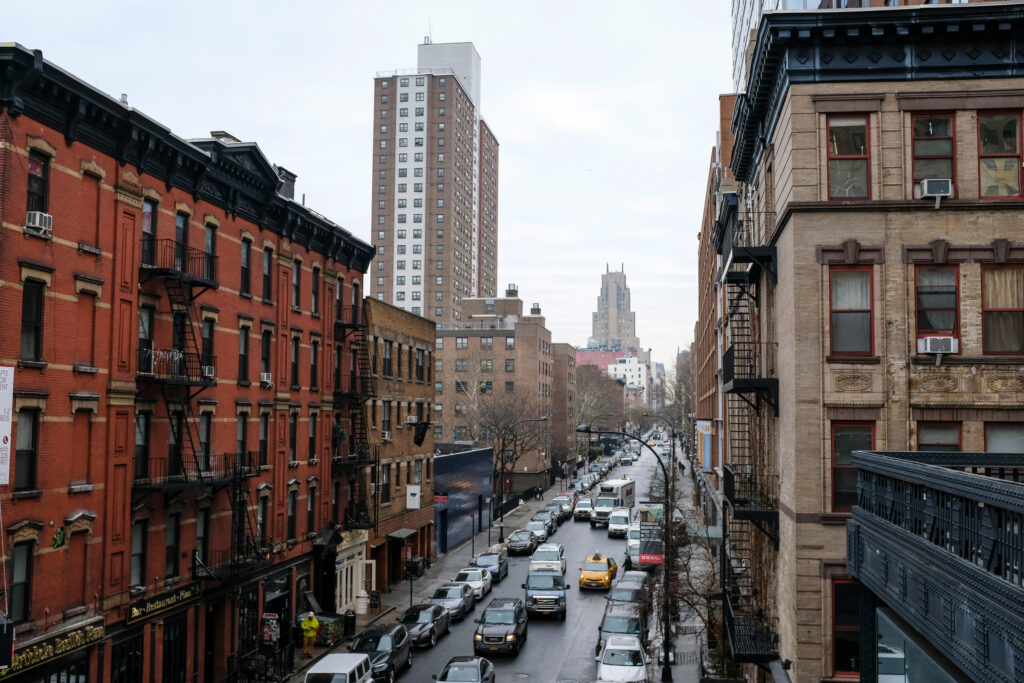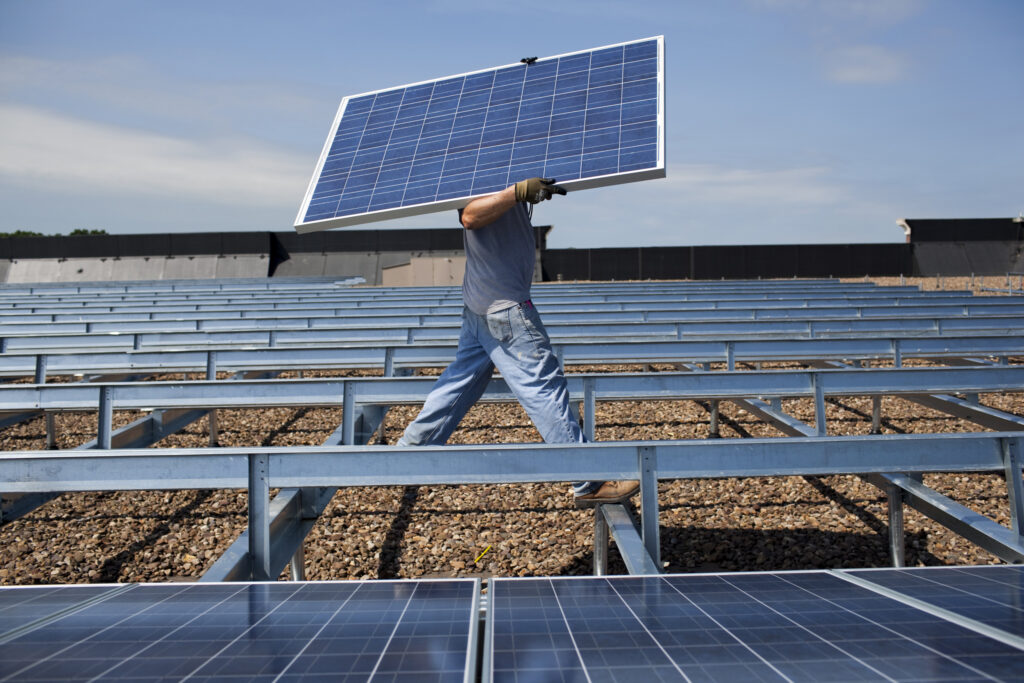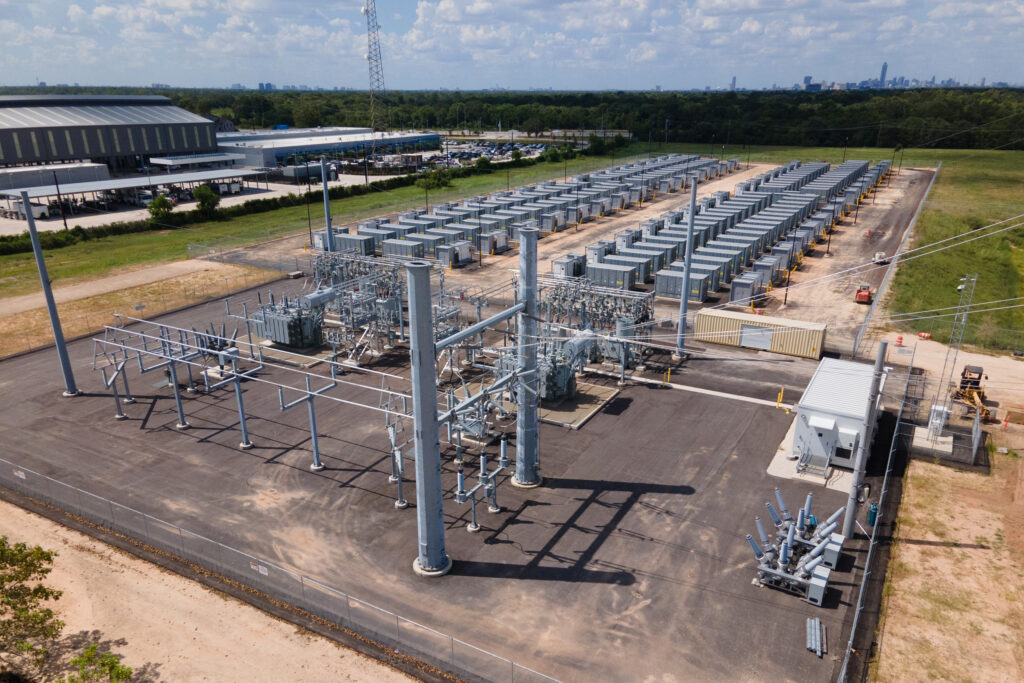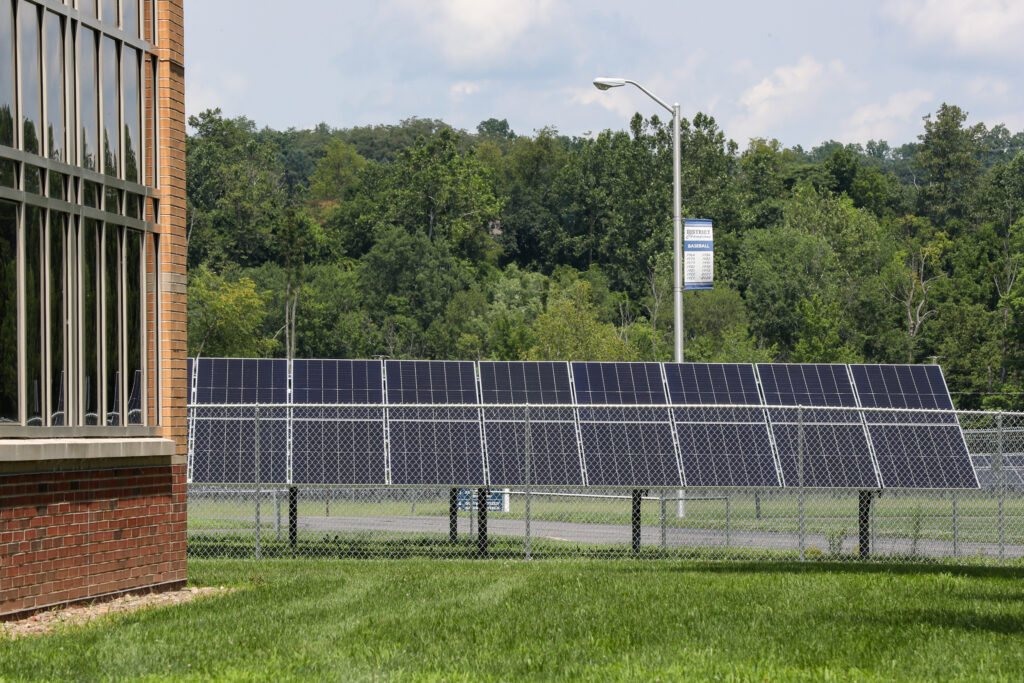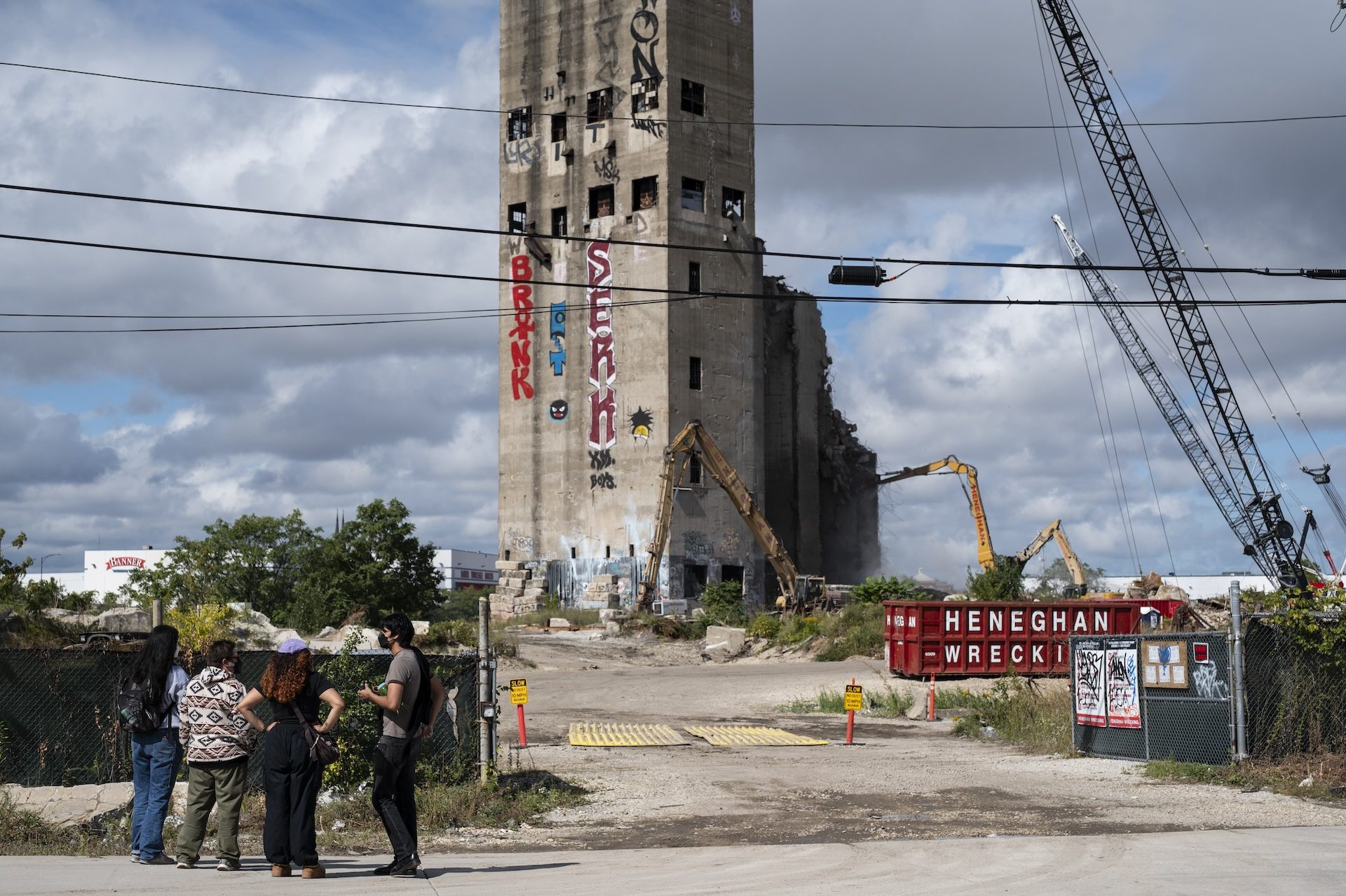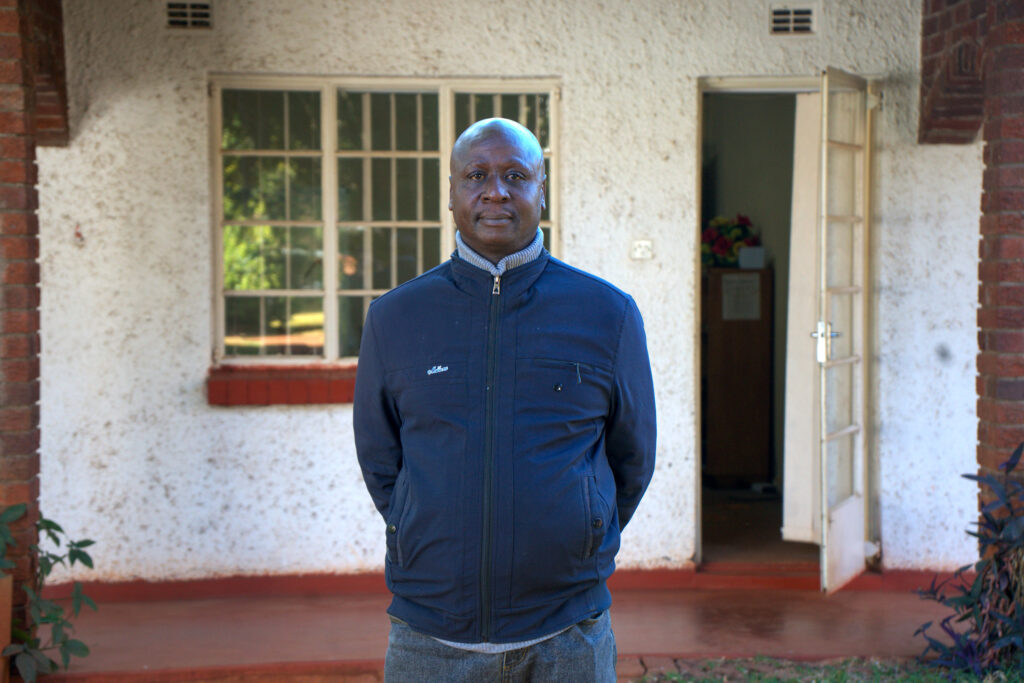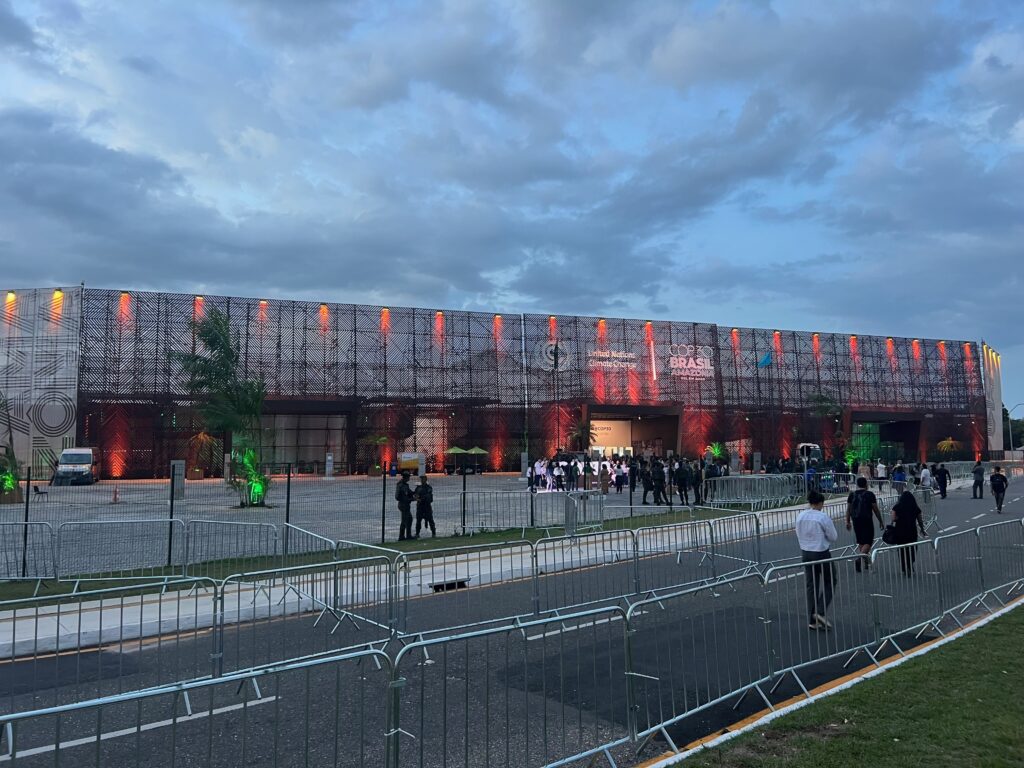The largest electric utility in Illinois is rolling out a program for a vehicle-to-grid (V2G) electric school bus–charging pilot with three Chicagoland school districts, testing the functionality of bidirectional chargers that could make energy cheaper for customers and reduce grid load.
The Commonwealth Edison Co. (ComEd) announced in September that it would begin the testing phase of its novel V2G electric school bus charging pilot, the first of its kind in northern Illinois, coinciding with the beginning of the school year.
The utility began testing with the River Trails, Troy and Wauconda school districts—which have all had electric buses for more than two years—in northern Illinois. It is currently collecting data from bidirectional chargers, EV chargers that flow energy both ways. Its testing will determine how the chargers and buses can best transfer energy when parked and plugged into the grid.
“We’re not only working with these three school districts, we’re testing with them, but we’re also seeking input from other school districts to better understand their interest in V2G and how we could support their needs as we design new research and development efforts and potentially new programs,” said Cristina Botero, senior manager for beneficial electrification at ComEd.
According to the utility, bidirectional charging could result in a number of benefits, such as reducing grid demand during peak hours; lowering costs and energy usage for customers; and funding school districts that participate in the program. Botero said the goal is to eventually have a scalable model for the V2G program that other districts across Illinois could opt into “later down the line.”
The testing is beginning with four electric school buses across the three districts. ComEd began soft testing the pilot in June before publicly testing with the school districts in September, prioritizing research and development on the functionality of the chargers.
“School buses in general tend to be stationary during times where normally the grid is at its biggest strain,” Botero said. “[When] the grid is most loaded, that happens to be the time where many of these vehicles are not in use and happen to be connected and fully charged. This offers the possibility of using some of the energy in that battery to send back to the grid to support grid congestion,” she said.
Botero added that this can even be helpful during outages, because energy stored in electric school bus chargers can still be used. Participating school districts could also see their energy consumption and costs drop.
“It is helping potentially reduce the energy consumption of a school if it’s able to use its own battery for its own consumption. It can also reduce the cost of energy for the school, and really to all customers, because it’s reducing grid strain,” Botero said.
The pilot is part of ComEd’s $231 million beneficial electrification (BE) program, approved by the Illinois Commerce Commission. In 2021, Illinois passed the Climate and Equitable Jobs Act, which required all major utilities to establish a BE plan. ComEd’s first BE plan, spanning 2023 to 2025, consists of eight pilot programs in which the company has invested $11 million, including the V2G pilot.
The commission recently approved $168 million in funding for the next BE plan from 2026 to 2028, which includes an additional $11 million for research and development efforts that will include V2G.
ComEd partnered with software company Resource Innovations and charging vendor Nuvve for the pilot. The current testing phase, Botero said, is technology-based and focuses on determining how the technology works and how energy discharge impacts the grid.
Nuvve owns and operates the bidirectional charging technology and identified the customers to bring to the pilot.
“When you have an electric school bus, you have a fairly large battery inside that vehicle that is going to be doing nothing most of the time,” said Hamza Lemsaddek, chief operating officer at the Nuvve subsidiary Fermata Energy, which oversees the project. “The concept of V2G is number one, the ability of not just charging the vehicle, but also discharging the vehicle [with] this bidirectional piece. The second step is to have a platform that is able to aggregate a large number of vehicles, and depending on where those vehicles are, provide a variety of grid services.”
This story is funded by readers like you.
Our nonprofit newsroom provides award-winning climate coverage free of charge and advertising. We rely on donations from readers like you to keep going. Please donate now to support our work.
Donate Now
Lemsaddek explained that the performance of the buses and chargers helps ComEd reduce their grid peak load. “By providing those grid services to help the grid be stable or more resilient, there is a value that you are providing, and therefore [Nuvve] can get compensated for that,” he said. “Then we share a lot of that value with the vehicle owner”—in this case, the school districts. “While the vehicle is parked doing nothing, it’s actually providing a service to the grid, and you get compensated for that.”
While the three districts are getting stipends for participation in the pilot, they were chosen because they already had electric school bus technology. The Wauconda school district, for example, has two electric school buses funded through a Driving a Cleaner Illinois grant, a program of the Volkswagen Environmental Mitigation Trust Fund.
Wauconda has had the two buses for three years, with two years of funding left. Rick Strauss, director of transportation for Wauconda, said that while he is hopeful for the success of the pilot, the electric buses have already posed significant challenges for the district, leading him to doubt whether the buses can effectively give back to the grid.
For example, Strauss said that the district will put an average of 10,000 miles on a diesel bus per year. “But after three years with our electric buses, with the amount of issues that we had, each one of them had less than 1,000 miles on them after two years of service,” he said, adding that the buses probably spent more time “on a tow truck” going to get fixed than on their actual routes.
Strauss also listed among the issues a lack of certified mechanics that can work on the buses when they break, frequent technological failures and buses losing functionality in cold weather.
Although he said he recognizes the benefits of electric buses, such as quieter motors, better air quality for students and less diesel fuel emissions, the lack of functionality of the buses overshadows potentially positive outcomes. After the five-year grant runs out, he’s not sure whether the district will continue to use them.
“It’ll be interesting to see the metrics and what we get back from ComEd versus what it costs to run these [buses],” he said, adding that the cost of two electric buses “would take my entire bus budget.”
ComEd is prioritizing testing the technology as well as anticipating challenges moving forward. Botero said the goal of the current testing is “making sure that the technology is well understood” and to answer any questions.
The companies are also determining the exact way to compensate school districts before further evaluations and eventual modeling to “see what a program would look like” at a larger scale.
Botero said that they will be getting results from the pilot testing at the end of the year, and will design the next phase of the pilot based on those findings.
About This Story
Perhaps you noticed: This story, like all the news we publish, is free to read. That’s because Inside Climate News is a 501c3 nonprofit organization. We do not charge a subscription fee, lock our news behind a paywall, or clutter our website with ads. We make our news on climate and the environment freely available to you and anyone who wants it.
That’s not all. We also share our news for free with scores of other media organizations around the country. Many of them can’t afford to do environmental journalism of their own. We’ve built bureaus from coast to coast to report local stories, collaborate with local newsrooms and co-publish articles so that this vital work is shared as widely as possible.
Two of us launched ICN in 2007. Six years later we earned a Pulitzer Prize for National Reporting, and now we run the oldest and largest dedicated climate newsroom in the nation. We tell the story in all its complexity. We hold polluters accountable. We expose environmental injustice. We debunk misinformation. We scrutinize solutions and inspire action.
Donations from readers like you fund every aspect of what we do. If you don’t already, will you support our ongoing work, our reporting on the biggest crisis facing our planet, and help us reach even more readers in more places?
Please take a moment to make a tax-deductible donation. Every one of them makes a difference.
Thank you,



